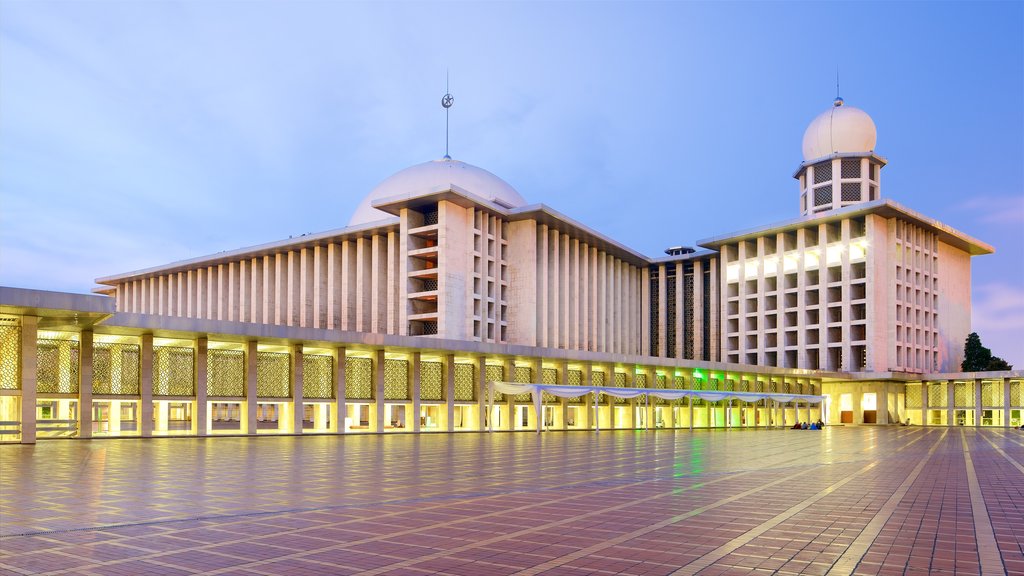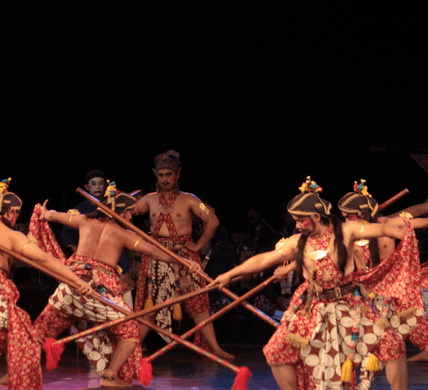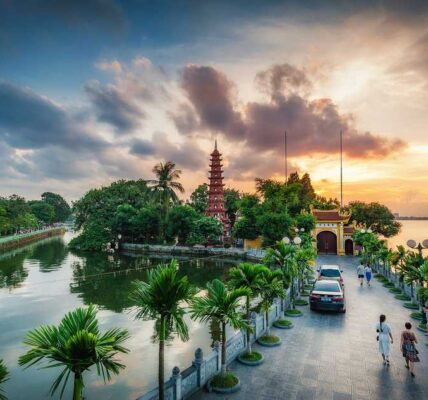The Istiqlal Mosque: A Monument of National Pride and Religious Devotion
Table of Contents
ToggleThe Istiqlal Mosque, located in Jakarta, Indonesia, is not only the largest mosque in Southeast Asia but also a powerful symbol of Indonesia’s independence and religious harmony. The name “Istiqlal” itself means “independence” in Arabic, reflecting the mosque’s deep connection to the country’s history and its role as a national monument.
Historical Background and Construction of Istiqlal Mosque
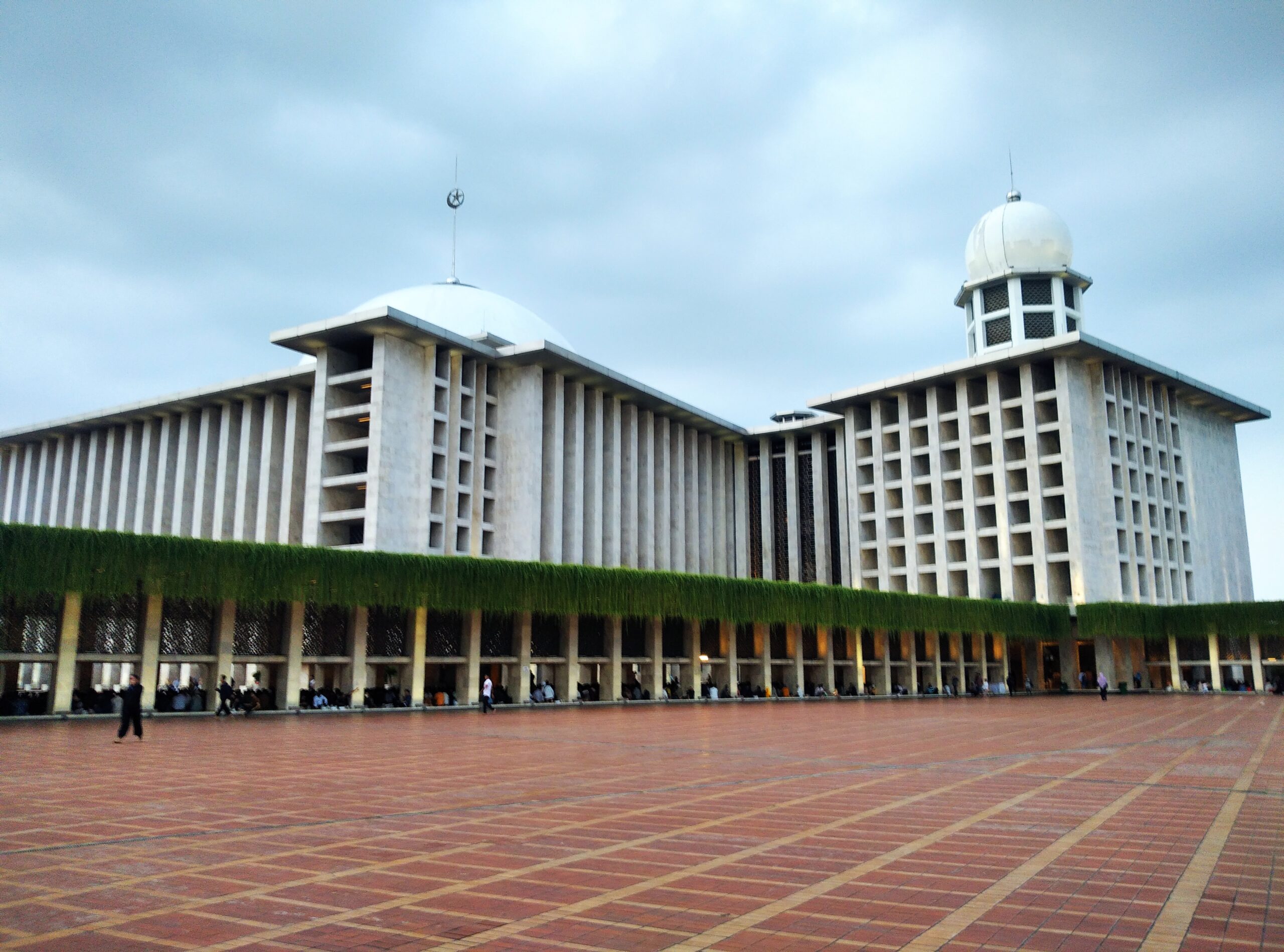
The idea for the Istiqlal Mosque was conceived shortly after Indonesia declared its independence from Dutch colonial rule in 1945. The mosque was envisioned as a symbol of the newfound independence and as a representation of the country’s predominantly Muslim population. The project was initiated by Indonesia’s first President, Sukarno, who was also an architect by training. He saw the construction of a grand mosque in the capital as a way to unify the diverse population of Indonesia, which includes various ethnic groups and religions.
Construction of the mosque began on August 24, 1961, under the direction of architect Friedrich Silaban, a Christian from North Sumatra who won the national competition for the mosque’s design. This fact itself is a testament to the spirit of religious tolerance that the mosque embodies. Silaban’s design was modern and monumental, featuring a large central dome and a towering minaret, symbolizing both the greatness of God and the aspirations of the newly independent nation.
The mosque took 17 years to complete, with its official inauguration taking place on February 22, 1978. The lengthy construction period was due to the scale of the project and the complex logistics involved in building such a large structure in the heart of Jakarta.
Architectural Features
The Istiqlal Mosque is an architectural marvel, combining modernist design with traditional Islamic elements. The mosque covers an area of approximately 9.5 hectares, with a capacity to accommodate over 120,000 worshippers, making it one of the largest mosques in the world.
One of the most striking features of the mosque is its central dome, which measures 45 meters in diameter. The number 45 is symbolic, representing the year of Indonesia’s independence. The dome is supported by 12 massive pillars, another symbolic feature representing the 12 months of the Islamic calendar. The dome is clad in stainless steel, which not only gives it a modern appearance but also ensures its durability in Jakarta’s tropical climate.
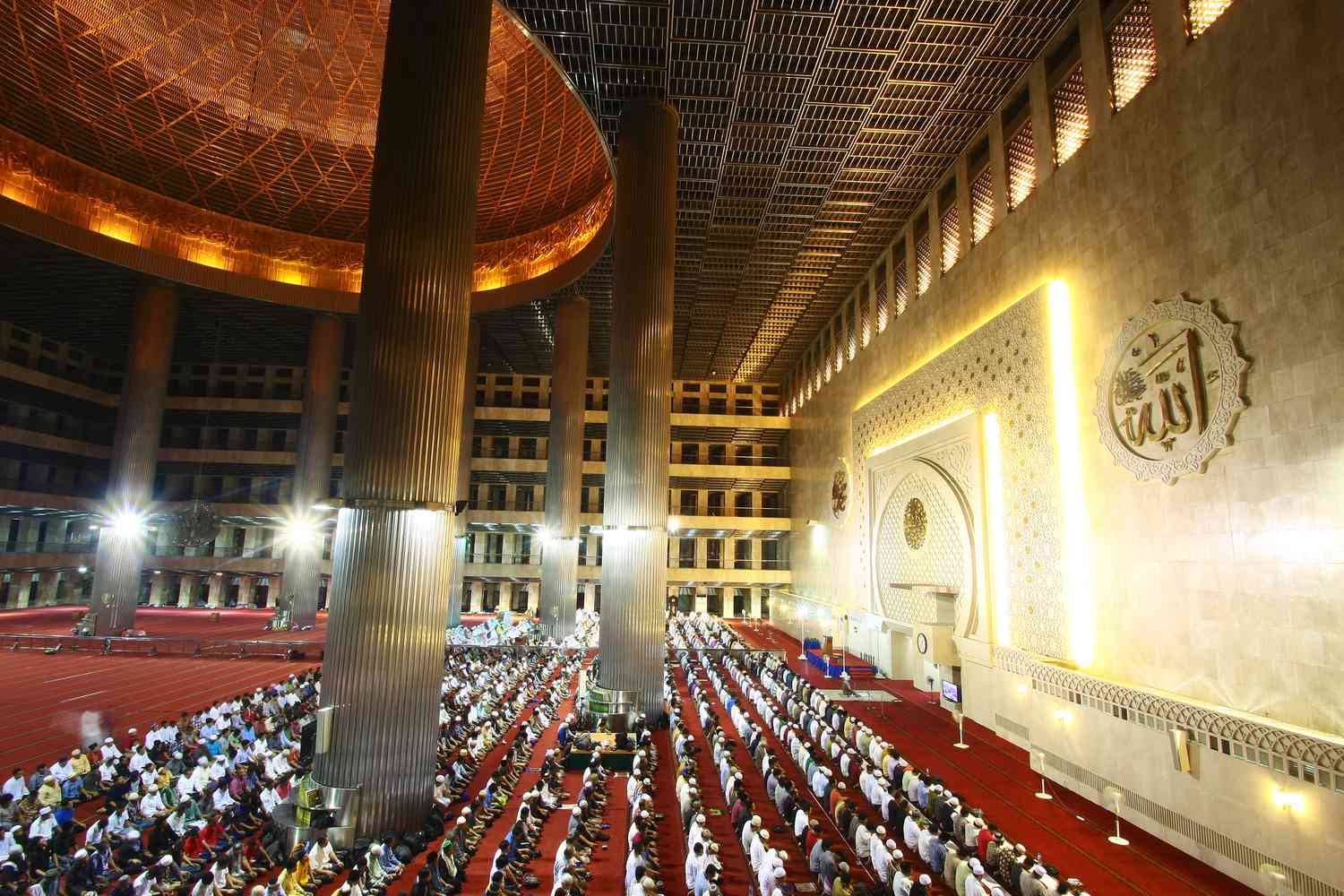
The mosque’s minaret stands at 96.66 meters tall, a height that also carries symbolic meaning. The number 96.66 is derived from the sum of the numerical values of the Arabic letters in “Bismillahirrahmanirrahim” (In the name of God, the Most Gracious, the Most Merciful), a phrase that is central to Islamic prayers.
The interior of the mosque is equally impressive, with a vast prayer hall that can accommodate tens of thousands of worshippers. The prayer hall is a large open space, free of columns, which enhances the sense of unity among the worshippers. The mihrab (the niche indicating the direction of Mecca) and the minbar (the pulpit) are made of white marble, adding to the mosque’s serene and majestic atmosphere.
Significance and Role in Indonesian Society
The Istiqlal Mosque is not only a place of worship but also a national symbol of Indonesia’s independence and a center for Islamic learning and culture. The mosque hosts a variety of religious, social, and cultural activities, including lectures, seminars, and exhibitions. It also plays a key role during major Islamic holidays, such as Eid al-Fitr and Eid al-Adha, when the mosque becomes the focal point of celebrations in Jakarta.
One of the unique aspects of the Istiqlal Mosque is its role in promoting interfaith dialogue. Despite being a predominantly Muslim country, Indonesia is home to significant populations of Christians, Hindus, Buddhists, and other religious groups. The mosque often hosts events that encourage dialogue and understanding between different religious communities, reflecting Indonesia’s official policy of religious pluralism.
In addition, the Istiqlal Mosque has hosted numerous high-profile international visitors, including Pope John Paul II in 1989, who made a point to visit the mosque during his trip to Indonesia. This visit was a significant moment in interfaith relations, as it underscored the importance of mutual respect and understanding between different religious traditions.
Renovations and Modernization
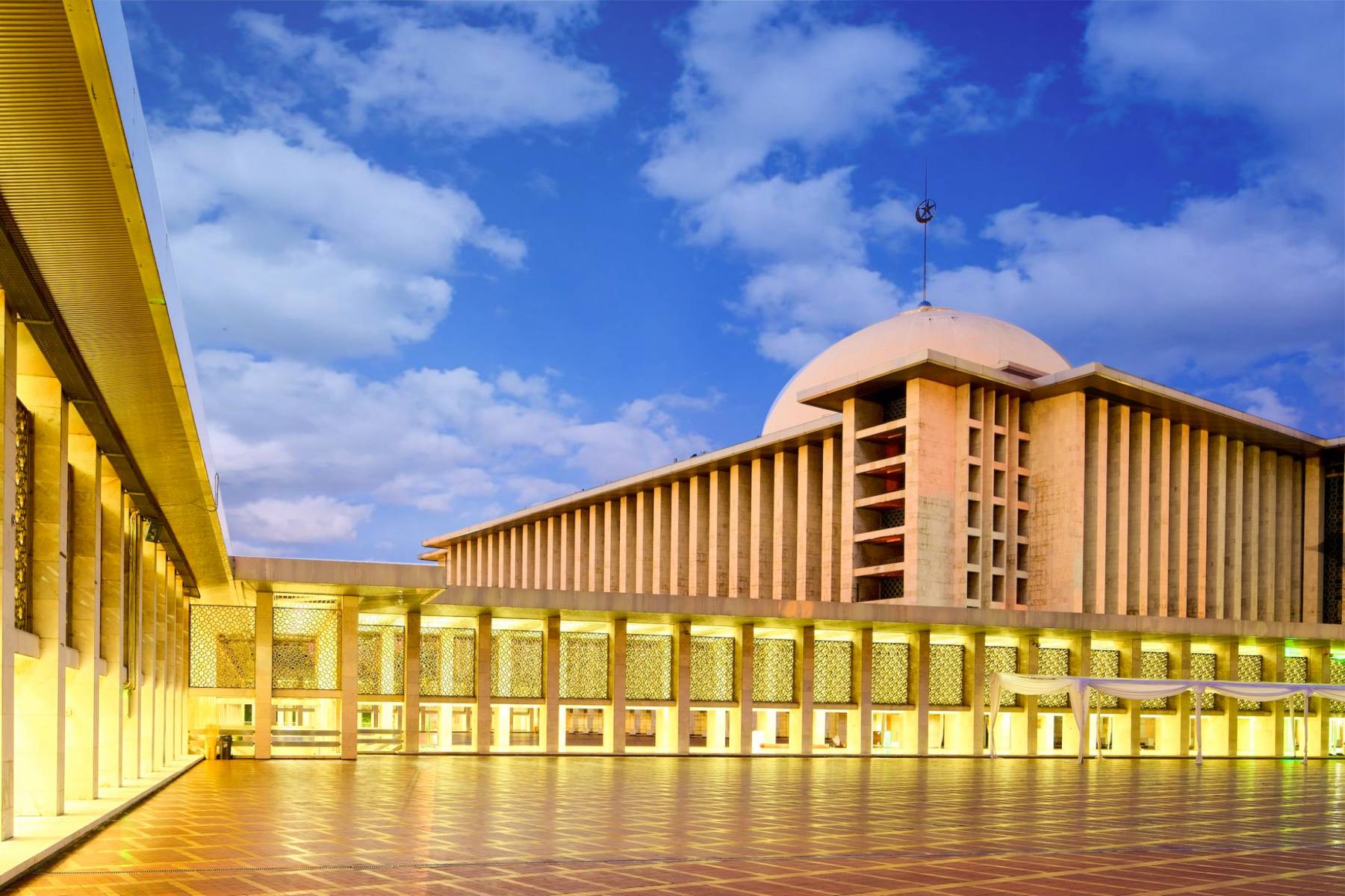
Over the years, the Istiqlal Mosque has undergone several renovations to preserve its structural integrity and to modernize its facilities. The most recent renovation was completed in 2020, coinciding with the mosque’s 42nd anniversary. This renovation project was extensive, covering various aspects of the mosque, including the improvement of the mosque’s infrastructure, the installation of new lighting systems, and the enhancement of the mosque’s security features.
The renovation also included the construction of a new underground parking facility to accommodate the growing number of visitors, as well as the installation of modern audio-visual equipment mariatogel to improve the mosque’s capacity to host large events. Despite these modernizations, the renovation project was careful to preserve the mosque’s original architectural integrity, ensuring that it remains a symbol of Indonesia’s heritage and pride.
Conclusion
The Istiqlal Mosque stands as a powerful symbol of Indonesia’s independence, religious tolerance, and national unity. Its monumental architecture, rich history, and central role in Indonesian society make it a landmark not only in Jakarta but in the entire Muslim world. As Indonesia continues to evolve, the Istiqlal Mosque remains a beacon of the country’s commitment to its Islamic heritage and its dedication to fostering harmony among its diverse population. The mosque is not just a place of worship but a living testament to the ideals upon which modern Indonesia was founded.

